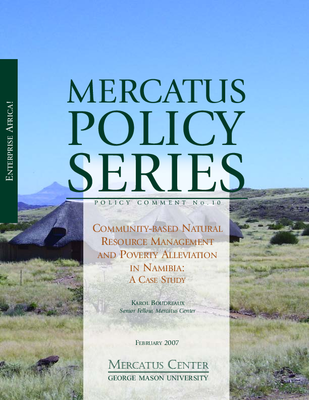Community-based Natural Resource Management and Poverty Alleviation in Namibia: A Case Study

Through community-based natural resource management (CBNRM), Namibians who form conservancies now have legal rights to manage wildlife and benefit from tourism. With these secure rights, and with help from NGOs and the government, something extraordinary is happening: wildlife numbers, which were decimated by war and poaching, are rising, and ecosystems are rebounding. Namibians also now have the chance to build businesses based on eco-tourism and related activities, and these businesses are helping to improve the lives of conservancy members.
Information relevant to Learning Questions:
Are enabling conditions in place to support a sustainable enterprise?
- Stakeholder alignment, diversification
- Profit potential, access to credit/capital
- Ownership, governance
- Government requirements, policies for enterprises, business alliances
- Financial management capacity, technical capacity
- Infrastructure
- Benefit sharing, targeted participants, biodiversity linkage, policies for and enforcement of resource use
Does the enterprise lead to benefits to stakeholders?
- Increased income for participants
- Non-cash benefits
Do the benefits lead to positive changes in attitudes and behavior?
- Attitudes regarding sustainable use of resources
- Behaviors regarding sustainable use of resources
Does a change in stakeholders’ behaviors lead to a reduction to threats to biodiversity (or restoration)?
- Residential and commercial development
- Agriculture and aquaculture
- Biological resource use
- Human intrusions and disturbance
Does a reduction in threats (or restoration) lead to conservation?
- Forest ecosystems
- Grassland ecosystems
- Species
Enterprise Types:
- Terrestrial ecotourism: conservancies
Document type:
- Case-study
- Report

